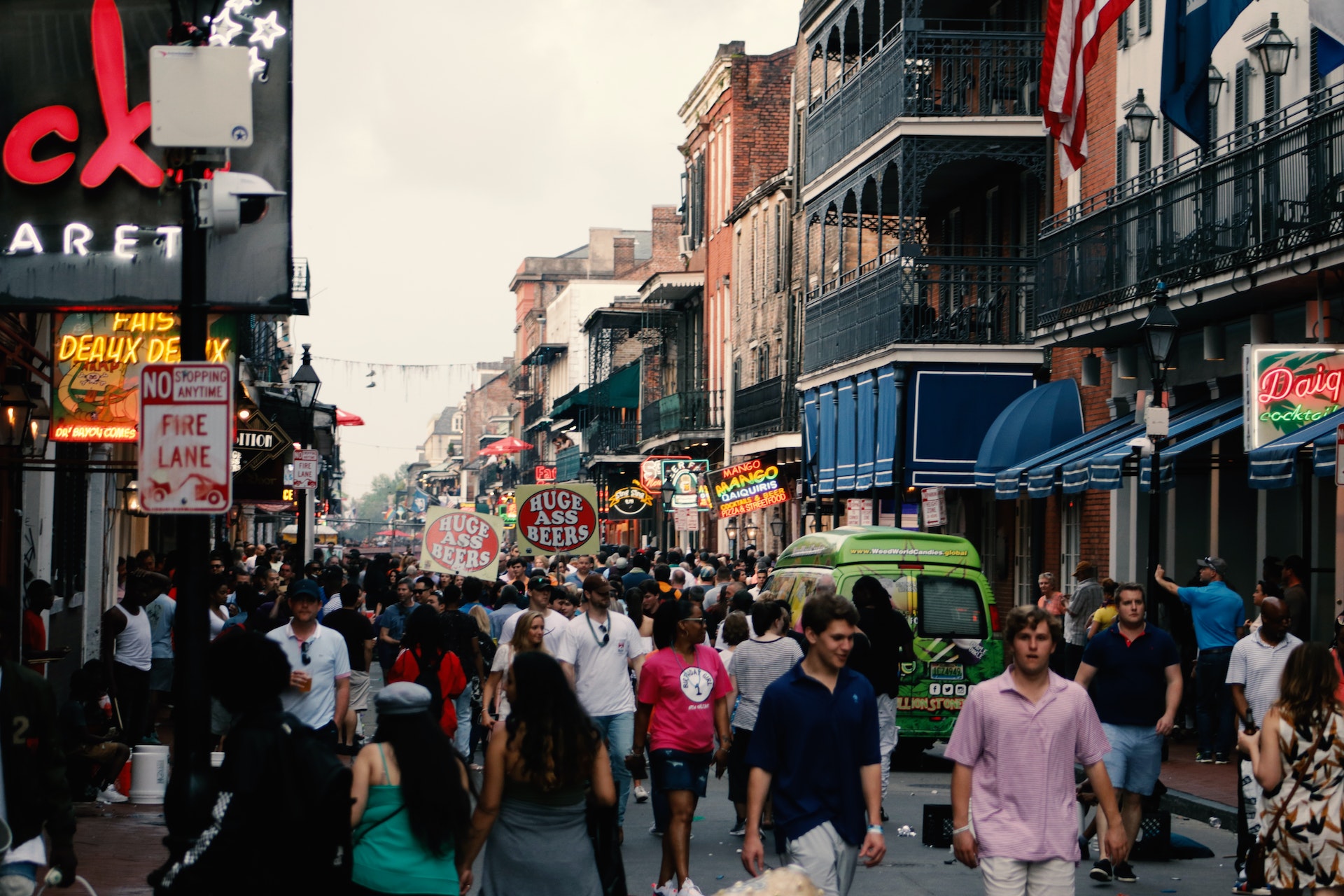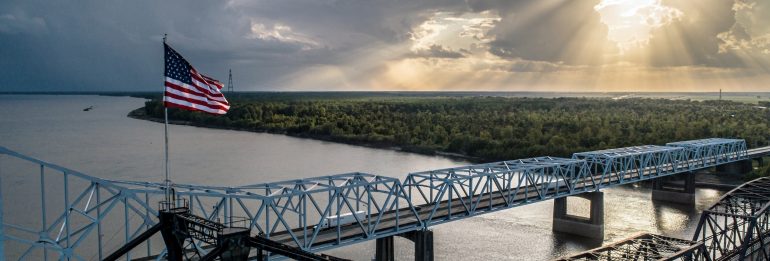WASHINGTON — Unexpectedly, the saltwater progression towards New Orleans in the Mississippi River has decelerated, officials announced on Thursday. At first, the Army Corps of Engineers estimated that in just three weeks, the saltwater could jeopardize New Orleans' water supply, an event not witnessed in over three decades.
A Looming Crisis Averted?
According to recent projections, this saltwater may not reach the heart of New Orleans until the end of November. This offers a temporary respite to the city's residents. Col. Cullen Jones, the New Orleans district commander for the U.S. Army Corps of Engineers, pointed out during a press conference that the leading edge of this saltwater has not progressed since September 24. Notably, this stasis coincided with the commencement of an underwater sill's expansion, a structure designed in July to halt the saltwater's intrusion further upstream.

Jones also highlighted that the better-than-anticipated flow rates in September and promising rain forecasts for October might have played a role in this unexpected halt.
Efforts to Combat the Crisis
Collin Arnold, the Director of the New Orleans Office of Homeland Security and Emergency Preparedness, acknowledged the ceaseless efforts of the team in devising contingency plans to ensure clean drinking water if saltwater contaminates the city's water treatment facilities. He expressed relief at the new projection but emphasized the importance of continued vigilance.
Low water levels in the Mississippi River have been attributed to a combination of drought, subsidence, rising sea levels, and human alterations. This has enabled saltwater from the Gulf of Mexico to progress upstream, threatening local water sources.
Residents Grapple with Contaminated Water
For some residents, the threat is already a reality. Mitch Jurisch, a councilman in Plaquemines Parish, represents one of the 4,000 people already experiencing elevated chloride levels in their water. The spike in chloride levels led to alarm and concern among residents.
However, the standards set by the Environmental Protection Agency (EPA) for contaminants like chloride, which can impact taste and aesthetics, are only recommended and not enforced. Yet, the importance of water quality cannot be understated, as Jurisch emphasized its central role in daily life and community well-being.
Future Actions and Preparedness
While the saltwater advance may have stalled, preparations are still underway to address the potential crisis. The Sewerage and Water Board of New Orleans (SWNBO) has outlined plans to construct a pipeline to source fresh water from upriver. Additionally, there are plans to transport fresh water from upriver to smaller intakes in the Westbank of New Orleans, ensuring chloride levels remain under control.
In Plaquemines Parish, President Keith Hinkley has voiced plans to introduce permanent reverse osmosis devices in water treatment facilities, which would provide a long-term solution to potential saltwater intrusions.
Seeking Federal Support
Recognizing the gravity of the situation, Louisiana Gov. John Bel Edwards reached out to President Joe Biden, seeking a Federal Emergency Declaration pertaining to the saltwater intrusion in the Mississippi River. Three water systems in Louisiana are currently under advisories due to sodium and chloride concerns.
While the slowing of the saltwater wedge is certainly a breather for New Orleans and its surroundings, the situation underscores the need for sustainable solutions and proactive measures to ensure the safety and well-being of the community.
©GlobalCO2.uk





